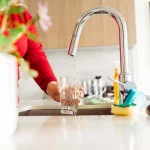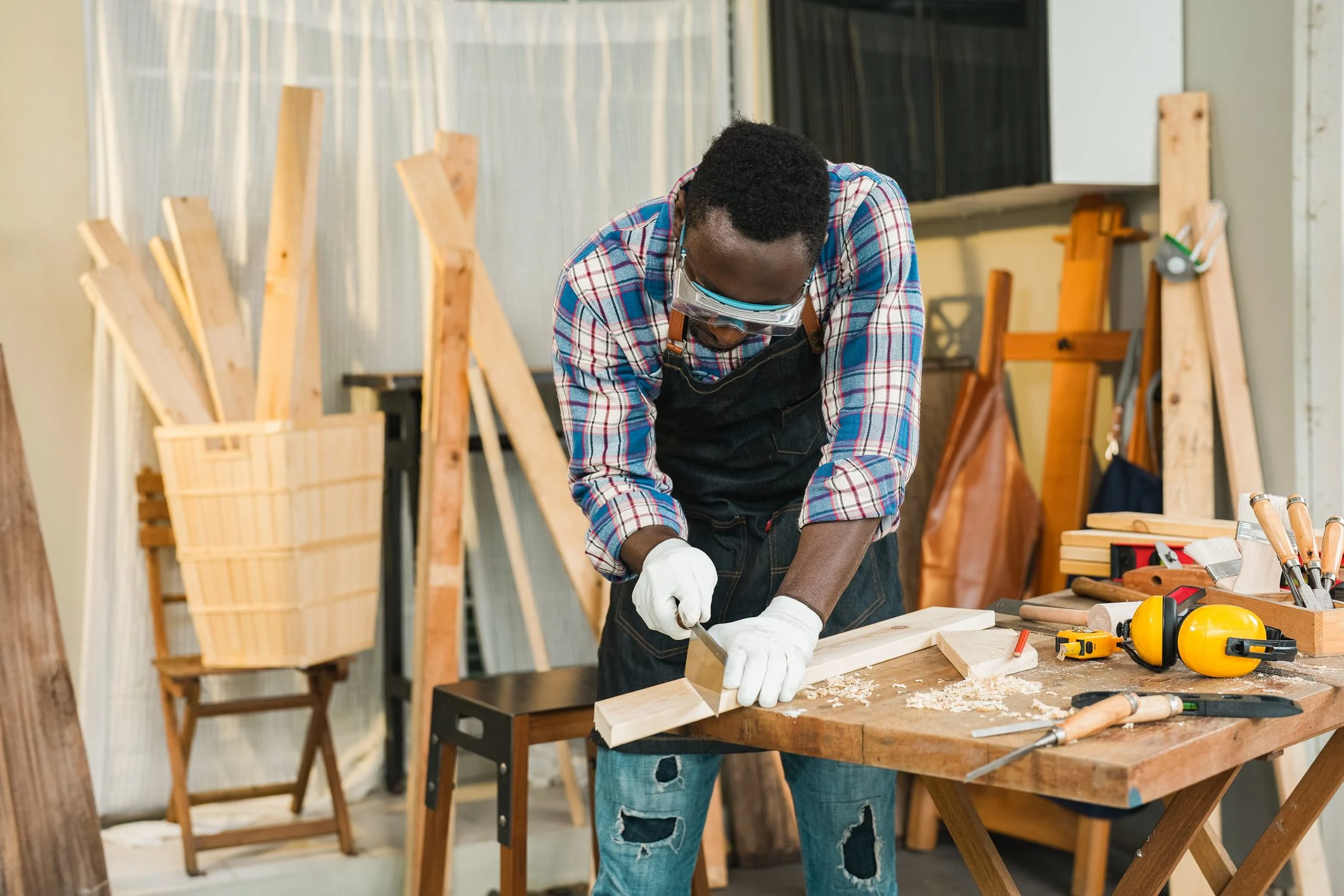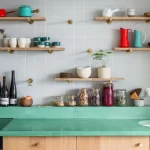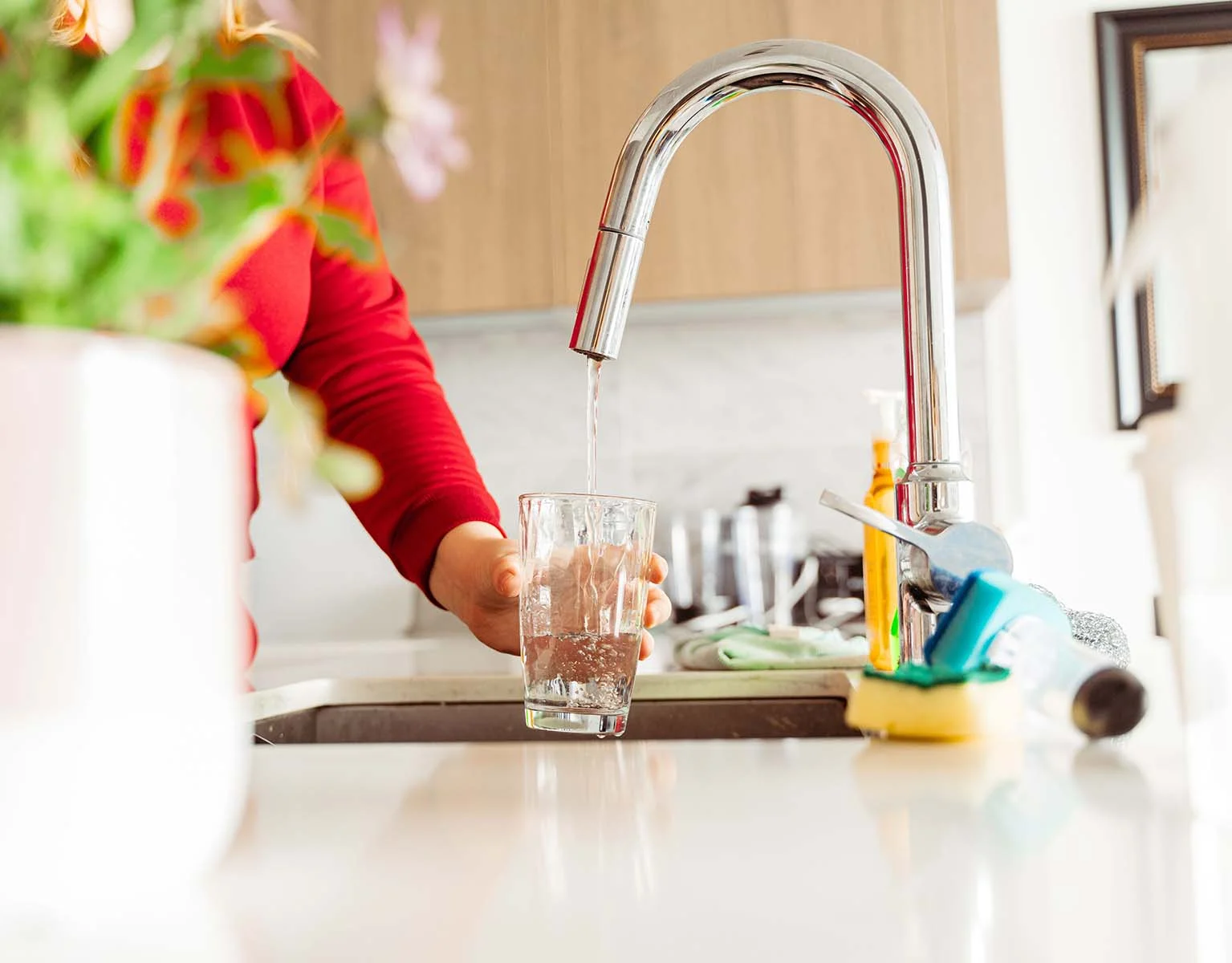Home
Home Design
-
The Future of Contemporary Home Design Trends and Forecasts
With the rising awareness of environmental needs, reclaimed woods and recycled metals will definitely be one of the main decorating styles in the coming years, not only because of their environmental friendliness but also because of their speciality and texture that can be used in the interior.
As trends and predictions in home design emerge in 2024 and beyond, they will centre on the themes of sustainability, personal expression and wellbeing, with features such as green spaces and organic shapes that can bring nature into our homes.
Sustainability
With the changing society we are moving towards greater demand of sustainable designs to build homes. There are three main social trends can be applied here; we need to work harder, rest more restoratively and play more smilely; particularly, designers have started to incorporate such elements such as feng shui, jin zhe, romantic and caring factors to improve the well-being by using organic elements and natural light. The design towards sustainability is the key of modern times.
You can also observe the overlap between sustainability trends and biophilic design. Biophilic design revolves around the idea that bringing natural elements into interior space can help increase our connections to nature. Expect to see more indoor plants, more living green walls and more stone and wood in open floor plans that feature fewer barriers between indoor and outdoor space.
For the understated look of ‘sustainability’, tone down the green (because of its strong association with organic), without completely avoiding it. Use muted moss or sage as an accent colour in a simple, modern colour scheme, and you have clean and cool style. Or go all out with bold browns and deep blues to make a powerful contemporary design statement.
Open-Concept Layout
One of the classic home design trends over the past decades is the open floor plan, where the living room area that includes the dining and kitchen are reaches that blend smoothly into one another. This type of architectural design allows for the majority or complete removal of walls together with the related doorways between the living areas and the kitchen, resulting in a wide open space where natural light freely flows in and out of every view, making both the rooms and its occupants more visible, which leads to an increased use of natural lighting and decreased use of overhead and other artificial lighting.
But although these perceived benefits make it an attractive proposition to many home owners, others desire areas that are more clearly defined architecturally, both to provide some privacy and to offer more functional uses for different zones. Creative solutions are being found by interior designers for the need to isolate these spaces, with nooks, alcoves or more imaginative design solutions such as sliding metal screens or half-height perpendicular intersecting walls, to further weigh up these conflicting spaces.
And on the other hand, other residential design trends are encouraging the homeowner to slow down a little. First there are the soothing shades of green that remind us of nature. Then there are large expanses of emotionally resonant art that bring depth and drama to a living space.
Industrial Design
Industrial design is a professional discipline that formulates functionally elegant, ergonomically sound, and aesthetically pleasing (and hopefully valuable) designs that can be implemented in the innovations of the physical world that people can use in their daily life. Industrial design requires extensive skillsets, such as those came from fields in engineering design and product development through industrial engineering.
The rise of remote working has also led to a need for flexible spaces at home, which might be helped by convertible rooms that can go from bedroom to home office to workout space, at the flick of a switch. Space-saving multi-function rooms that can serve different needs at different times will also become more sought-after.
As people retreating into themselves, they have turned to biophilic design to reconnect with nature. Biophilic design is an interior design trend in which natural environments are brought into homes by way of organic materials, plants and indoor vistas of nature.
Given the growth of home design, experts must keep track of related trends and technologies. Only in this way will home owners be able to convert their living spaces into images of contemporary style that capture the nuances of modern life.
Personal Expression
Today’s interiors are far from bland, with numerous ways to create warm and welcoming spaces in the home. Palettes of soft Neutrals in natural tones is one approach; another popular option includes colour palettes of Sage greige earthy green and rustic gold that will bring warmth and contrast into modern homes.
In the 2020s, home design features a careful selection of self-expressive elements that interact in universally relatable ways with the forces of sustainability, wellness and innovation.
Many homeowners now prefer natural materials like stone or wood to decor their homes, choose furnishings to echo local cultural influences, and choose items that have more than one use – living rooms that double as libraries or office furniture that transforms into a dining table, for example. Another trend has been to reconfigure the use of space more flexibly – many now tear down walls for more open-concept functionality.
Plumbing
-
Does Home Warranty Cover Plumbing?
A home warranty covers many of the appliances and systems in your home, including plumbing – the exact terms and coverage vary by plan, but a contract from 2-10 HBW will give the details.
They generally cover items affected by normal wear and tear, but problems arising from neglect or misuse are usually excluded.
Water Heaters
When a water heater fails, it can seriously inconvenience everyday routines such as washing dishes and taking showers – activities we take for granted. Fortunately for homeowners, water heater coverage is available as part of most home warranty plans, protecting property owners from additional repair and replacement costs.
Water heaters, like many other covered items, are ensured. Whether or not your water heater will be covered depends on your provider and your plan. You can read your contract for a better idea of how the specific terms, including coverage options, dollar limits and exclusions, apply in your case.
Certain home warranty companies will ask for documentation proving you maintained and repaired your appliance to protect themselves from people sidestepping expensive repairs by getting a home warranty instead. For instance, if you have a box in your utility room that jumps off the shelf and onto a water heater, damaging it – instead of some normal wear and tear – versus moving to accommodate routine maintenance, home warranty coverage might not apply. The 2-10 HBW Homeowner Portal also allows homeowners to review their service contracts anytime, so they can know exactly what they have and why they have it in plain English.
Drainage Systems
Home warranty providers can provide a variety of plans, ranging from appliance- and system-only plans to combination plans. Almost all of the home warranties will include one annual premium and up to EIGHT one-time service fees – the exact plan details will differ according to which plan you get.
According to Jimmy Hiller, CEO of Hiller Plumbing, Heating, Cooling and Electrical (which operates across Tennessee, Kentucky, Alabama and Florida), the majority of homeowner issues can be avoided by routine maintenance checks to prevent costly repairs further down the line, for example, regular checks for leakage in toilets could prevent costly repairs in the future.
But a home warranty doesn’t replace homeowners insurance and, in some cases, the basic policies aren’t as extensive as they may seem. For example, home warranty providers won’t cover damage from a natural disaster or another event typically covered by a homeowners insurance policy, so you need to have adequate coverage. Second, most base plans don’t cover outdoor plumbing components and things like lawn sprinkler systems unless the homeowner works with an agent who adds special line-item coverage to the policy.
Interior Plumbing
But home warranties offer coverage against plumbing breakdowns resulting from normal wear and tear (provided that the homeowner properly maintains the pipes and fixtures, so that any denial of a claim results from a valid exclusion for abuse or poor maintenance and not from the damage itself).
Inside-the-home coverage tends to cover the supply lines, faucets and toilets, while the more complicated stuff – water heaters, pipes and drain lines – is covered by extended coverage.
Creditable home warranty companies tend to offer tiered plans addressing appliances, major home systems or a combination, with add-ons allowing for selective coverage of components. Only sprinkler systems and outdoor plumbing are typically excluded; if these areas are outside your property lines, however, you may be able to purchase added protection. And such warranties don’t generally cover damage due to natural disasters or home upkeep neglect unless you tack on add-ons for those too.
Outdoor Plumbing
Outdoor fixtures such as sprinkler systems, swimming pools, spas or exterior spigots aren’t typically covered by home warranty plumbing because it’s focused on properties within the walls of your home. You can, however, buy extended coverage through several home warranty providers to add these types of items, along with outdoor appliances and systems such as septic systems.
Read your home warranty contract carefully, and know what is and isn’t covered. Inspect any outdoor items under your warranty plan on a regular basis, and be prepared to call in as soon as something seems amiss. Even better, schedule regular maintenance for outdoor fixtures so issues can be caught early.
In sum, a home warranty ought to help you save money on expensive repairs related to normal wear and tear or accidental damage, while a homeowners insurance policy should cover loss in the event of major (natural disaster or abuse) water damage. You want to have both types of policies.
Pool
The Benefits of Adding a Poolside Kitchen to Your Backyard Oasis
An outdoor kitchen from Danver can provide your backyard oasis with added functionality and ambience, providing the opportunity for socializing, cooking, swimming, dining and relaxing...
Design Ideas For Stylish Outdoor Pool Areas
Transform your pool area into a tranquil backyard retreat that promotes relaxation and sophistication. From dining to lounging, your pool will become the centerpiece of...
Swimming Pool Designs That Are Summoning Summer
The warm weather is upon us, which means it’s time to start thinking about your swimming pool! Whether you’re updating an existing pool or installing...
The Cost of Swimming Pools for Home
There are many different factors that go into the cost of Swimming Pools for home. One of the most important is the type of material...
Advertising for Your Swimming Pool
The swimming pool has become more than just a place for you to jump in and relax. It has become a popular place to entertain...


























